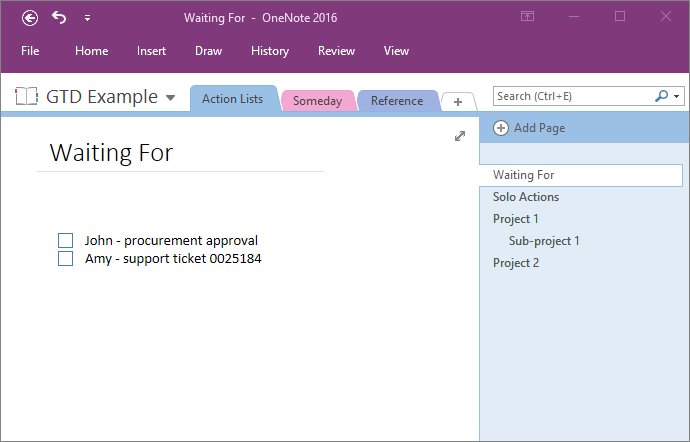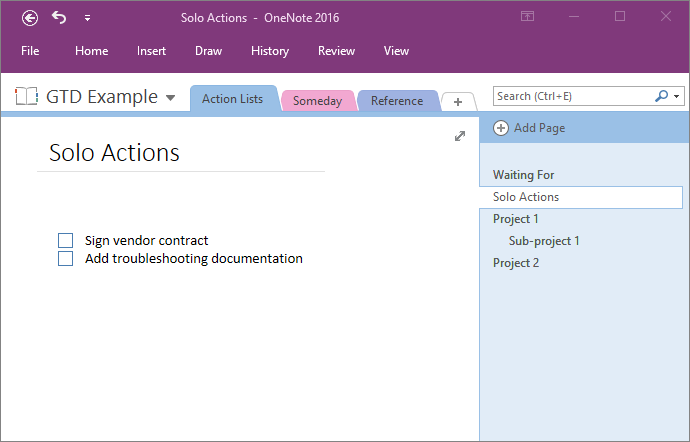Getting Things Done: One Year Later
Intro
A year ago, I picked up Getting Things Done in the search for a better way to organize myself. I was letting thoughts pass through short-term memory with no follow up, getting surprised by deadlines for commitments I made months prior, and generally felt pressured when my gut told me it shouldn’t be this hard to keep on top of things.
Enter GTD, a system designed to reduce stress (I won’t commit to stress-free like it says on the cover) and unload inefficient mental faculty. Instead of using your brain’s volatile and unreliable memory to keep track of work, the goal is to use a more stable and easily accessible repository.
I rate the book itself 4 / 5 stars. It’s thought provoking, well written, and fairly concise for the topic. While the target audience is corporate managers, few of the recommendations are based on the idea of having a personal assistant or a corner office. There’s also a lot of room left for implementation; you won’t find anything to buy off the shelf which will magically do GTD for you. Perhaps one day Google Assistant, Siri, or Alexa will be capable of handling complex project management with a direct interface to the brain, but I’m not holding my breath.
Personalizing the System
The start of GTD is to collect “stuff” and file it into actionable and non-actionable pipelines. This isn’t a one-time event but a continuous process. No matter what form the stuff takes, there must be a decision of how to act on it.
For actions that can’t be handled immediately, I primarily use two tools: OneNote and Google Calendar. As far as digital services go they work on almost every platform and have a long history of reliability. Calendar handles anything that is time sensitive and OneNote is flexible enough to handle almost everything else. Task lists are simple to-do pages, Sub-pages let me organize projects, and Sections delineate active items from things I’ll get around to later along with reference material. I built an example notebook with two of the most used pages to demonstrate:
One Year Later
It’s taken about a year to become fully adjusted and comfortable with GTD. At this point most of my interaction is automatic. I know exactly how to react when I get an email, open a bill, or brainstorm a birthday party. I’d describe what I’ve built as Loose GTD. The book encourages a strict time slot for a weekly review as well as going beyond the In-basket to actively search for more things to track in the recent past. Perhaps that works to capture missed data, but my way hasn’t led to catastrophe yet.
Despite the progress I’ve made, there are some pain points yet to be solved. I still haven’t found a reliable method to pull information from my reference material when it is needed. The system breaks during online shopping if I got a coupon months ago or when I have to do emergency maintenance on a computer at work and notes from years past would help me. The “weekly review” feels arbitrary and my tendency to hoard things as someday or reference can lead to bloat. Learning to accept imperfection is a struggle sometimes.
Trust The Process
A guiding maxim with GTD is “the right amount of complexity is whatever creates optimal simplicity.” It’s a tremendous feeling to know exactly where my most important tasks are and how to organize any future commitments without inventing a new system every time. But I’m not limited to a strict workflow; I only spend energy on what really matters and trust myself to not sweat the small stuff. A repeatable and responsive system creates confidence.

